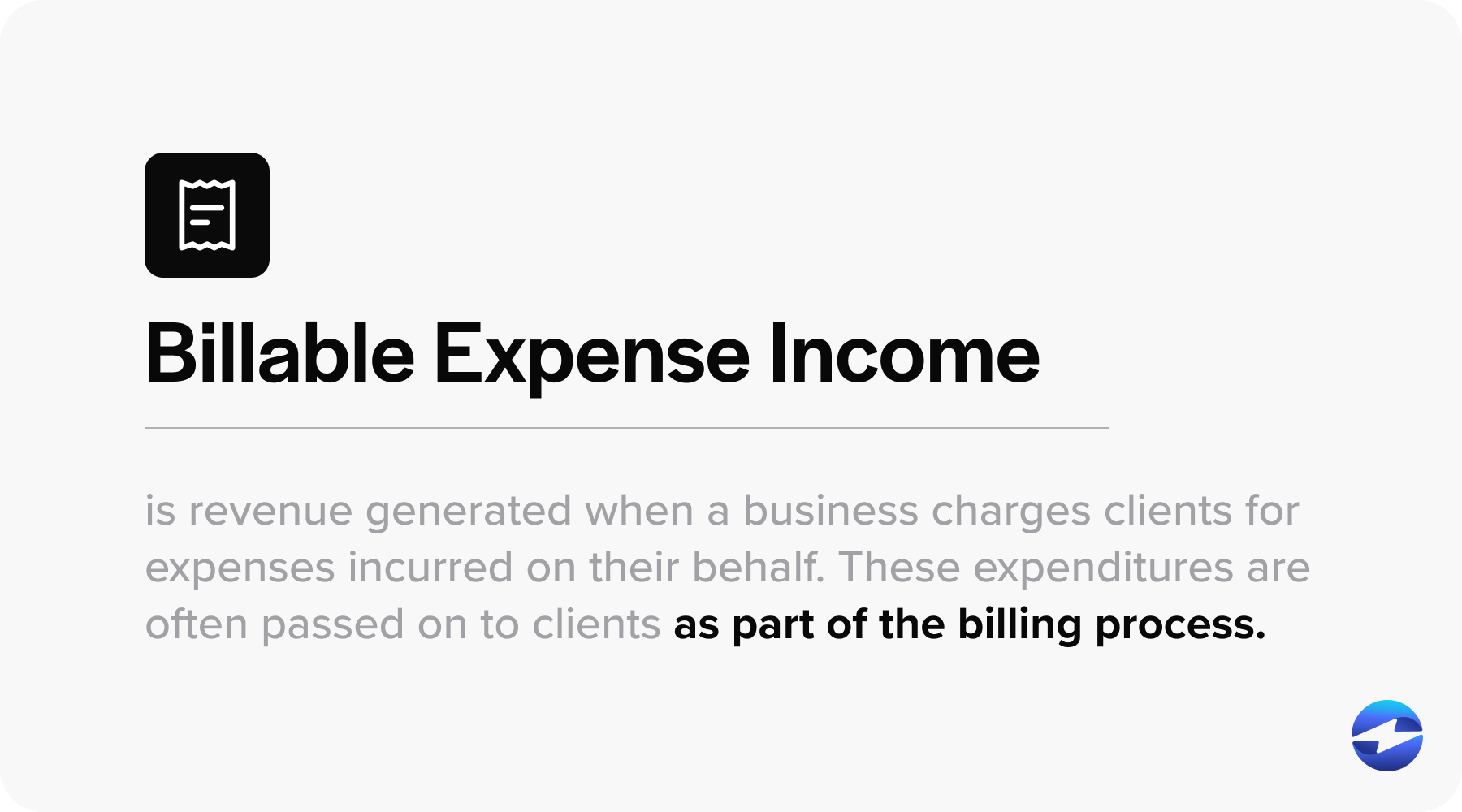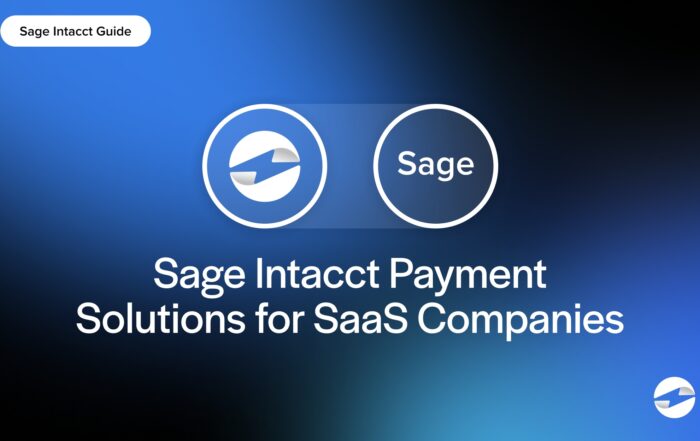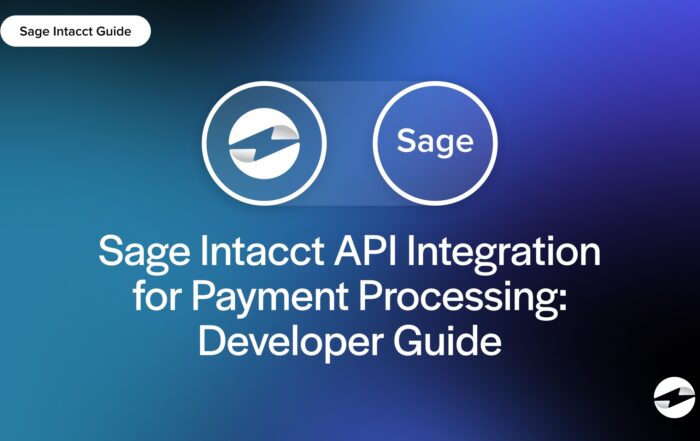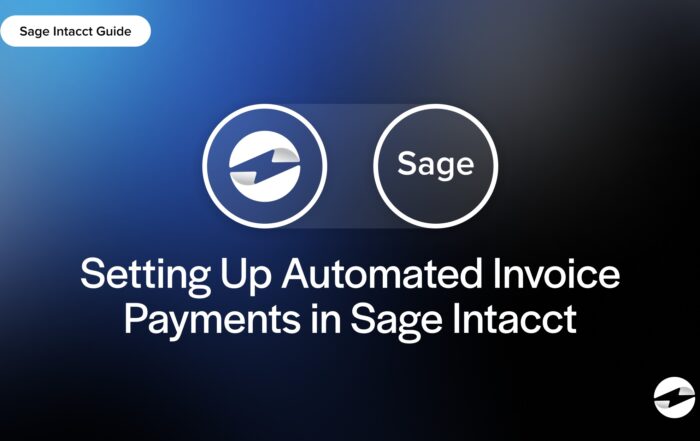What is billable expense income?
Billable expense income is the money a business or freelancer gets from a client to cover costs incurred while delivering a service. Think of it as passing along certain expenses you paid for on behalf of the client, such as travel or materials, and getting paid for those costs on top of your usual service fees.
If you’re a consultant who needs to fly to meet a client, the cost of your flight, hotel, and meals could be considered billable expenses. You could absorb those costs, or you could charge the client for them. The income you get from that reimbursement is what’s known as billable expense income.
Key Points
- Billable expense income keeps businesses from paying out of pocket. If a freelancer or business pays for necessary costs like travel or materials for a client, they can charge those expenses back instead of taking the hit themselves.
- It ensures fair compensation for project-related costs. Billable expense income lets businesses pass necessary costs to clients instead of eating into profits.

Billable expense income examples
Here are a few real-life examples of what can be billable expense income:
- Travel costs: Suppose you’re a marketing consultant who needs to visit a client in another city. The airfare, hotel stay, and car rental are billable expenses. You’ll charge the client those costs in addition to your consulting fee.
- Materials for a job: If you’re a contractor working on a home renovation, any materials you buy—like paint or tiles—could be charged back to the client as billable expenses.
- Shipping or delivery fees: If you run an e-commerce store, shipping fees for your customers’ products are often billable. When working with a client on a project, you can charge them for those shipping costs as part of your overall service.
- Subcontractor costs: If you work as a project manager and hire subcontractors to help with tasks, their fees are usually passed along as billable expenses. For example, if you’re overseeing a construction project and hire an electrician, the cost of their labor would typically be paid by the client.
- Client-specific software or tools: You’re a graphic designer, and you need to buy stock images or a specific software tool to complete a project for a client. You can bill the client for those costs as billable expenses.
It’s all about making sure the project gets done right without paying for those extra costs.
Billable expense income helps businesses and freelancers cover the out-of-pocket costs of delivering their services. Whether it’s a plane ticket, materials for a job, or subcontractor fees, getting paid for those expenses means you’re not losing money on the project, only making money for your time and work.
You May Also Like
Read More
Sage Intacct API Integration for Payment Processing: Developer Guide
Read More
EBizCharge Listed as a 2025 Construction Executive Top Construction Technology Firm
Read More
Read More



